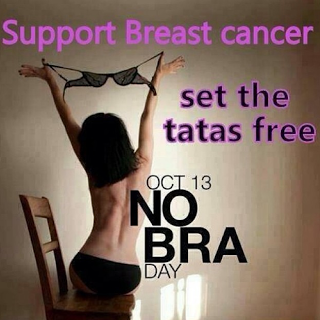Chapter 1 – Money’s Fractured Foundations
Reserve Banking and Interest Creation During Money Generation
"At the end, fiat money returns to its inner value - zero."
- Voltaire, French writer
Most of us have used money all of our lives, but have rarely stopped to think about what money really is. Because economic theory is sometimes difficult to understand, many people do not take the time to find out more about our currency and the best ways to earn it, keep it, and grow it. Whether your economics-phobia came from a bad teacher in elementary school, a boring college class, or a disdain of the wonky terms and learning curve when you're an economic padawan, chances are that if you're living and working in our complex society today, you already have all of the skills and abilities needed. The first step is to understand what money is and how it is used by banks and corporations: "A History of Economics and Investing" short course is in order.
What is money? Money is created when a loan is obtained, and it should be extinguished when the loan is repaid. Banks issue only a fraction of their deposits, but cumulative lending and borrowing create an illusion of more money being available than there actually is. Furthermore, the interest charged on loans ensures that the money supply has to expand continuously if all loans are to be repaid with interest.
With expansion of money or growth of the economy, prices rise as the increased supply of money erodes its purchasing power. As this cycle continues, the percentage of interest-to-inflation increases at the cost of real increase in production and productivity. This makes defaults and economic slowdowns inevitable.
The American foreclosure crisis shifted the control of collateral to banks. This system of money generation ensures a steady shift in wealth from the productive sector to the financial sector. Concentration of wealth and power in the hands of those who create and lend money – the banks and the government – causes the economy, society, and the civilization to decline.
History shows us that in the long run, when greed consumes everything, everybody loses. Most forecasters agree that what is needed to avoid an across-the-board loss is the responsible and shared use of resources, elimination of the concept of interest, and stabilization of the unit that is used to measure the value of goods and services.
The rate of this paradigm shift has increased dramatically with the recent creation of central banks and the government's fiscal intervention. In the meantime, the only safe and profitable investment to this shift has been gold and silver. They have risen in value as accounts based on the dollar have continued to fall.
A Quick Introduction to Monetary Systems
A monetary system is a system in which a government issues currency that is accepted as a medium of exchange in a particular country-economy or in the whole world, and creates mechanisms employed by a government or a group of governments to control and manage it. It typically consists of a central bank at the apex. Mints and other commercial banks are the other pieces in this apparatus.
The international monetary system is the institutional mechanism that determines the exchange rate among different currencies, facilitates international payments, and accommodates the movement of capital across international borders. This system developed with globalization – the increasing connectivity between different regions of the world wherein events in one part of the world produce consequences elsewhere.
Traditionally, coins made from precious metals such as gold and silver were widely used. These coins have a value of their own and continue to possess this value, even if they are not currently used for common purchases. Because gold and silver coins are quite difficult to carry, their use made buying and selling a difficult process.
Out of this difficulty emerged paper currency. The notes and coins do not have a value of their own, but are, nevertheless, used because they are easy to carry around – making buying and selling easier – and, most importantly, because they are a mutually acceptable medium of exchange.
Differences between Money, Currency, and Wealth
Money, currency, and wealth all seem the same to the casual observer and hobby economist. There are, however, subtle differences in these concepts, as well as the terms of the economy, economics, and finance. While some of these terms are very different, all are inherently connected.
An economy refers to all of the institutional mechanisms directly and indirectly related to production, distribution, exchange, and consumption of goods and services. Economics is the study of these institutional mechanisms. Finance involves all of the transactions that are conducted for obtaining and repaying loans.
Wealth is anything generally considered valuable in an economic system. Fundamentally and historically, it can be created only through the processing of natural resources by human labor. Wealth can be traded through purchases or sales with barter, the exchange of currency, and through the creation of money.
Currency is the concentrated form of wealth used for trading. We understand currency in the form of coins and paper notes, such as the American dollar, the euro, and pound sterling.
Buy Now @ Amazon
Genre – Business & Investing
Rating – PG
More details about the book














0 comments:
Post a Comment